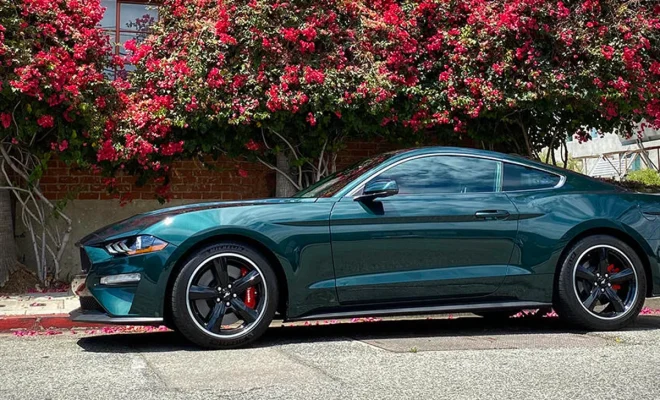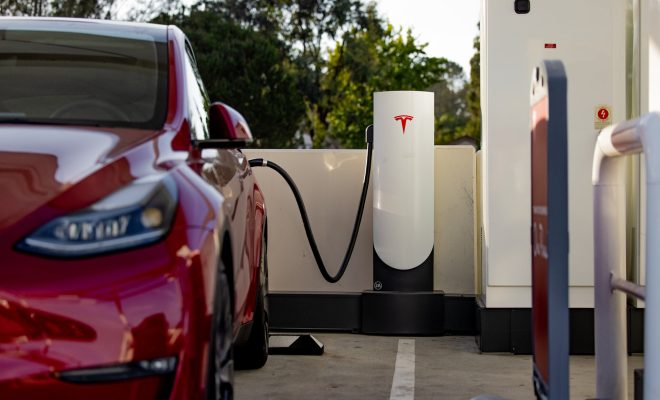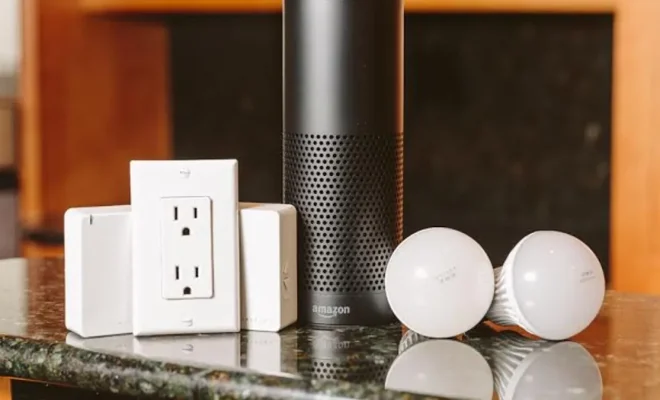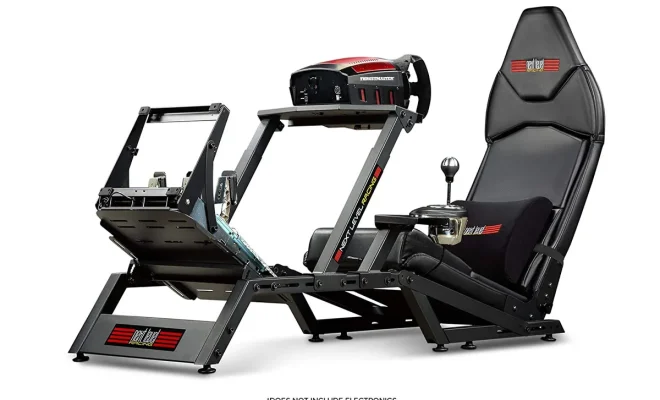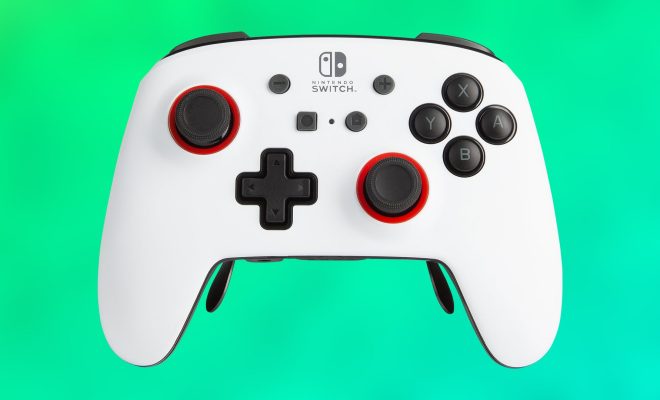Microsoft Surface Pro 9 vs. Apple iPad Pro: High-End Tablets Face Off
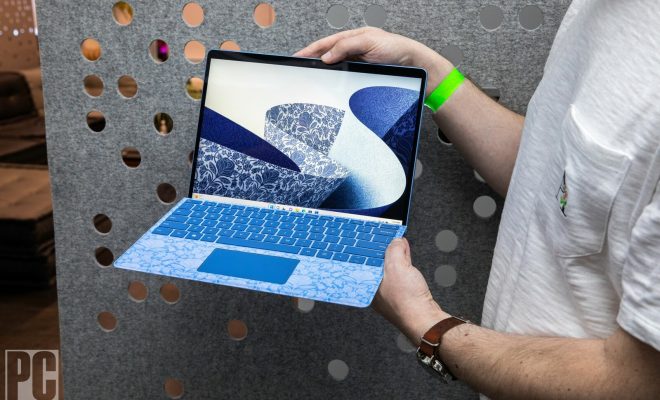
In today’s fast-paced world, high-end tablets have become essential tools for professionals and creative individuals alike. Two of the most prominent competitors in this market are the Microsoft Surface Pro 9 and the Apple iPad Pro. Both devices have their pros and cons, but which one comes out on top? In this article, we will delve into a head-to-head comparison of these two powerful tablets to help you make an informed decision.
Design and Build
The Microsoft Surface Pro 9 sports a sleek magnesium alloy body with a built-in kickstand, allowing it to easily switch between laptop and tablet modes. The device measures 11.5 x 7.9 x 0.33 inches and weighs 1.7 pounds, making it portable for on-the-go productivity.
On the other hand, the Apple iPad Pro showcases its iconic aluminum design with rounded edges, offering a more minimalist approach. It comes in two sizes – 11 inches and 12.9 inches – with the larger variant weighing slightly more than its competitor at 1.9 pounds.
Display
When it comes to display quality, both devices offer stunning visuals. The Surface Pro 9 features a 12.3-inch PixelSense touchscreen display with a resolution of 2736 x 1824 pixels, resulting in crisp images and vibrant colors.
The iPad Pro, however, takes things up a notch with its Liquid Retina display that boasts stunning color accuracy and smooth motion due to its 120Hz refresh rate. With resolutions of 2388 x 1668 pixels for the 11-inch model and 2732 x 2048 pixels for the 12.9-inch version, users can expect beautifully rendered images and videos.
Performance
Under the hood, Microsoft’s Surface Pro 9 is powered by an Intel Core i5 or i7 processor, offering powerful performance that rivals traditional laptops. Additionally, it can be configured with up to 32 GB of RAM and 2TB SSD, ensuring quick multitasking and ample storage for large files.
The iPad Pro relies on Apple’s proprietary M1 chip, an ARM-based processor that delivers impressive performance and energy efficiency. The tablet can be configured with up to 16GB of RAM and 2TB of storage, making it an ideal choice for productivity and creative workflows.
Accessories
The Surface Pro 9 is compatible with the Signature Type Cover, which provides a comfortable typing experience while doubling as screen protection. Additionally, the Surface Pen allows precise sketching and note-taking.
The iPad Pro works with Apple’s Magic Keyboard, which offers a responsive typing experience and an integrated trackpad. It also supports the Apple Pencil (2nd generation), a versatile tool for drawing and notetaking.
Operating System
The Surface Pro 9 runs on Windows 11, providing access to an extensive range of desktop applications. This compatibility gives it a distinct advantage over the iPad Pro in terms of software versatility.
The iPad Pro comes equipped with its proprietary operating system, iPadOS. Although it has improved multitasking features, users may find the app selection less abundant compared to the Windows environment.
Conclusion
Both Microsoft’s Surface Pro 9 and Apple’s iPad Pro offer powerful performance wrapped in sleek designs, making them excellent choices for high-end tablets. If you prioritize software compatibility, the Surface Pro 9 may be more suitable due to its Windows platform. However, if design aesthetics and an optimized touch interface are your main concerns, the iPad Pro might be a better fit. Ultimately, the choice depends on your personal preferences and productivity needs.


